Home>Technology>Smart Home Devices>How To Turn A Wi-Fi Router Into A Wi-Fi Extender
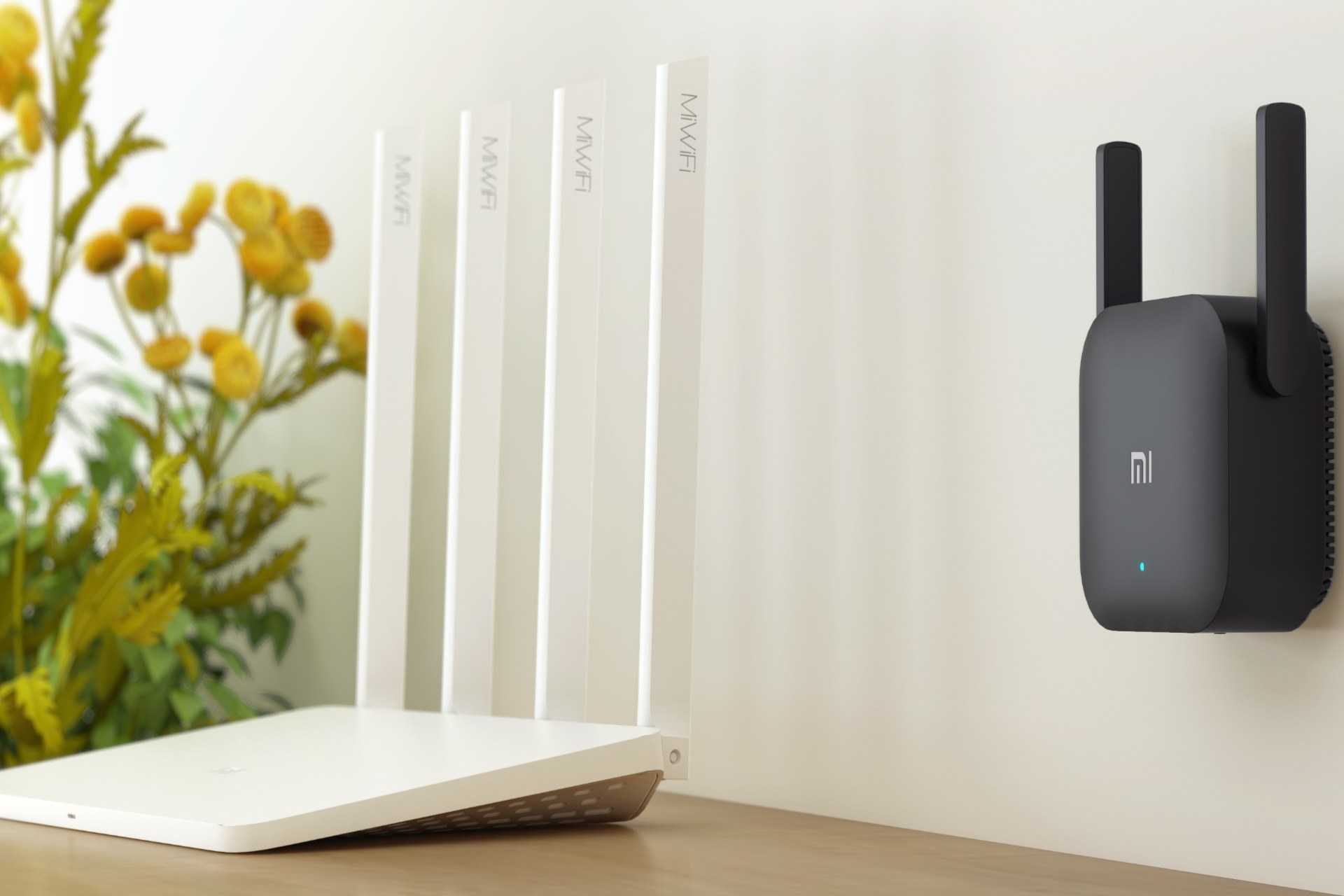

Smart Home Devices
How To Turn A Wi-Fi Router Into A Wi-Fi Extender
Modified: March 24, 2024
Learn how to easily transform your Wi-Fi router into a Wi-Fi extender to expand your smart home devices' coverage and enhance connectivity. Discover simple steps and tips.
(Many of the links in this article redirect to a specific reviewed product. Your purchase of these products through affiliate links helps to generate commission for Storables.com, at no extra cost. Learn more)
Introduction
Welcome to the world of smart home devices, where convenience and connectivity converge to transform everyday living. In this realm, Wi-Fi routers and extenders play pivotal roles in ensuring seamless connectivity throughout your living space. However, purchasing a dedicated Wi-Fi extender isn't the only solution to bolster your network coverage. With the right knowledge and guidance, you can repurpose your existing Wi-Fi router to serve as a Wi-Fi extender, effectively amplifying your network's reach without incurring additional costs.
In this comprehensive guide, we'll delve into the intricacies of turning a Wi-Fi router into a Wi-Fi extender. By understanding the fundamentals and following the step-by-step instructions provided, you'll be empowered to optimize your network coverage and elevate your smart home experience.
So, let's embark on this enlightening journey to unlock the full potential of your Wi-Fi infrastructure. Whether you're seeking to eliminate dead zones, extend coverage to your backyard oasis, or enhance connectivity in multi-story residences, this guide is your gateway to harnessing the true power of your Wi-Fi network. Prepare to elevate your digital domain as we unravel the art of transforming a Wi-Fi router into a Wi-Fi extender.
Key Takeaways:
- Transform your Wi-Fi router into a Wi-Fi extender to expand network coverage without extra costs. With the right knowledge, repurpose your existing hardware to eliminate dead zones and enhance connectivity throughout your smart home.
- Ensure seamless connectivity by strategically configuring your router as a Wi-Fi extender. Optimize network coverage, troubleshoot potential issues, and enjoy an enriched smart home experience with robust and reliable connectivity.
Read more: How To Turn On A Wi-Fi Router
Understanding Wi-Fi Extenders
Before delving into the process of repurposing your Wi-Fi router as an extender, it’s essential to grasp the role and functionality of Wi-Fi extenders. Also known as wireless repeaters or boosters, Wi-Fi extenders serve as strategic amplifiers that enhance the coverage of your existing wireless network.
Imagine your Wi-Fi router as the heart of your network, emitting signals that facilitate internet connectivity within a certain range. However, the reach of a standard Wi-Fi router may be limited, especially in larger homes or areas with physical obstructions. This is where Wi-Fi extenders come into play, effectively expanding the reach of your network by capturing the existing Wi-Fi signal and rebroadcasting it to areas that were previously beyond its scope.
Wi-Fi extenders operate by receiving the Wi-Fi signal from your router and then retransmitting it, effectively amplifying the signal strength and extending coverage to areas that were previously plagued by weak or non-existent connectivity. By strategically placing Wi-Fi extenders within your home, you can effectively eliminate dead zones and ensure consistent connectivity throughout your living space.
It’s important to note that while Wi-Fi extenders bolster the coverage of your network, they do so at the expense of bandwidth. This means that devices connected to the extended network may experience slower connection speeds compared to those directly linked to the primary router. Understanding this trade-off is crucial in optimizing the placement and configuration of your Wi-Fi extender to strike a balance between coverage and performance.
With a solid understanding of the purpose and functionality of Wi-Fi extenders, you’re now equipped to explore the process of converting your Wi-Fi router into a Wi-Fi extender. By repurposing your existing hardware, you can strategically enhance your network coverage without the need for additional devices, ultimately optimizing your smart home ecosystem for seamless connectivity and enhanced user experience.
Preparing Your Router for Extender Mode
Before embarking on the transformation of your Wi-Fi router into a Wi-Fi extender, it’s crucial to ensure that your router is compatible with this functionality. Not all routers support the capability to operate as extenders, so it’s essential to verify this feature in your router’s specifications or user manual.
Once you’ve confirmed that your router is capable of functioning as an extender, the next step is to prepare it for this transition. This involves accessing the router’s settings and making the necessary adjustments to enable extender mode. The specific steps for preparing your router may vary based on the manufacturer and model, but the general process typically involves the following key elements:
- Update Firmware: It’s advisable to ensure that your router is running the latest firmware version provided by the manufacturer. Firmware updates often include bug fixes, security enhancements, and feature additions, which can be crucial for enabling extender mode functionality.
- Reset to Factory Defaults: Before reconfiguring your router as an extender, it’s recommended to reset it to factory defaults to eliminate any existing configurations that may interfere with the transition. This can usually be accomplished by pressing the reset button on the router for a specified duration, as outlined in the user manual.
- Access Router Settings: Using a web browser on a device connected to the router, access the router’s settings interface by entering the router’s IP address in the browser’s address bar. This typically involves entering “192.168.1.1” or a similar address, which can be found in the router’s documentation.
- Enable Extender Mode: Within the router’s settings interface, navigate to the wireless or network settings and locate the option to enable extender mode. This may be labeled as “Wireless Repeater,” “Range Extender,” or a similar term, depending on the router’s interface.
- Configure Wireless Settings: When enabling extender mode, you’ll likely be prompted to select the existing Wi-Fi network that you wish to extend. Provide the necessary credentials, such as the network name (SSID) and password, to establish the connection between the router and the primary network.
By completing these preparatory steps, you’ll set the stage for configuring your router as a Wi-Fi extender. With the router primed for this transformation, you’re ready to proceed with the subsequent steps to effectively extend your network’s coverage and optimize connectivity throughout your home.
To turn a Wi-Fi router into a Wi-Fi extender, you can use the router’s “bridge” or “repeater” mode in the settings. Connect the router to the main network and place it in a location where the Wi-Fi signal is weak. This will help extend the Wi-Fi coverage in your home.
Configuring Your Router as a Wi-Fi Extender
With your router prepared for extender mode, the next phase involves configuring it to operate as a Wi-Fi extender. This process entails establishing a seamless connection between your router and the existing Wi-Fi network, effectively extending the coverage to encompass previously underserved areas within your home.
To configure your router as a Wi-Fi extender, follow these general steps, which may vary slightly based on your router’s specific interface and options:
- Access Router Settings: Using a web browser on a device connected to the router, enter the router’s IP address in the address bar to access its settings interface. You may be prompted to log in using the router’s administrative credentials, which are typically provided in the router’s documentation.
- Enable Extender Mode: Navigate to the wireless or network settings within the router’s interface and locate the option to enable extender mode. This may be labeled as “Wireless Repeater,” “Range Extender,” or a similar term, depending on your router’s interface.
- Select Primary Network: When prompted, select the existing Wi-Fi network that you wish to extend. This involves choosing the network name (SSID) of your primary Wi-Fi network and entering the corresponding password to establish the connection between your router and the primary network.
- Adjust Wireless Settings: Once the connection to the primary network is established, you may have the option to customize the wireless settings for the extended network. This can include modifying the SSID for the extended network, adjusting security settings, and optimizing the wireless channel to minimize interference and maximize performance.
- Placement and Testing: After configuring the router as a Wi-Fi extender, strategically position it within your home to optimize coverage. It’s advisable to place the extender within range of the primary router while ensuring adequate coverage of previously underserved areas. Once positioned, test the extended network’s connectivity to verify its effectiveness in eliminating dead zones and enhancing coverage.
By meticulously following these steps and customizing the configuration based on your specific router’s options, you’ll successfully transform your Wi-Fi router into a Wi-Fi extender. This strategic adaptation empowers you to amplify your network’s reach, eliminate connectivity challenges, and elevate the overall performance of your smart home devices.
As you embark on this transformation, keep in mind that the seamless integration of your router as a Wi-Fi extender contributes to a harmonious and interconnected smart home environment, where every corner of your living space is enveloped in reliable and robust connectivity.
Testing and Troubleshooting
Upon configuring your router as a Wi-Fi extender, thorough testing and potential troubleshooting are crucial to ensure optimal performance and seamless integration within your network. By conducting comprehensive testing and addressing any potential issues, you can fine-tune the extended network to deliver consistent and reliable connectivity throughout your home.
Here are essential steps for testing and troubleshooting your newly configured Wi-Fi extender:
- Connectivity Testing: Utilize a variety of devices, such as smartphones, tablets, and laptops, to assess the connectivity and signal strength of the extended network in different areas of your home. Verify that previously problematic areas now receive strong and consistent Wi-Fi signals, indicating the successful extension of network coverage.
- Bandwidth and Speed Assessment: Measure the speed and bandwidth of the extended network using online speed testing tools. Compare the performance of devices connected to the extended network with those linked directly to the primary router to gauge any potential disparities in speed and performance.
- Interference Evaluation: Identify potential sources of wireless interference that may impact the performance of the extended network. Common culprits include neighboring Wi-Fi networks, electronic devices, and physical obstructions. Mitigate interference by adjusting the wireless channel and strategically positioning the extender to minimize signal disruptions.
- Signal Handoff Testing: If your router supports seamless roaming or handoff between the primary network and the extender, test the transition of devices between the two networks as you move throughout your home. Seamless handoff ensures uninterrupted connectivity as you transition between coverage areas, enhancing the overall user experience.
- Troubleshooting Potential Issues: If you encounter connectivity issues or performance discrepancies, consider factors such as router placement, configuration settings, and potential firmware updates. Address any identified issues by adjusting the extender’s placement, revisiting the configuration settings, and ensuring that the router’s firmware is up to date.
By diligently conducting these testing procedures and proactively addressing any identified issues, you can optimize the performance of your Wi-Fi extender and fine-tune its integration within your smart home ecosystem. This meticulous approach ensures that every corner of your living space is enveloped in robust and reliable connectivity, fostering an environment where smart devices seamlessly interact and cater to your needs.
With thorough testing and potential troubleshooting, your repurposed Wi-Fi router stands poised to elevate your network’s coverage and performance, ultimately enriching your smart home experience with seamless connectivity and enhanced user satisfaction.
Read also: 10 Best Wi-Fi Router Extender For 2024
Conclusion
Congratulations on embarking on the transformative journey of repurposing your Wi-Fi router into a Wi-Fi extender. By leveraging this strategic adaptation, you’ve empowered your network to transcend previous limitations and envelop your living space in robust and reliable connectivity, enhancing the performance of your smart home devices and elevating your digital lifestyle.
Through the process of understanding Wi-Fi extenders, preparing your router for extender mode, configuring it as a Wi-Fi extender, and conducting thorough testing and potential troubleshooting, you’ve gained invaluable insights into the intricacies of optimizing network coverage and performance. This newfound knowledge equips you to proactively address connectivity challenges and ensure a harmonious and interconnected smart home environment.
As you bask in the expanded reach of your network and revel in the elimination of dead zones, take pride in your ability to harness the full potential of your existing hardware, transcending its original purpose to cater to your evolving connectivity needs. This resourceful approach not only eliminates the need for additional devices but also exemplifies your commitment to maximizing the utility of your technological investments.
As you navigate the dynamic landscape of smart home technology, remember that your repurposed Wi-Fi extender stands as a testament to your adaptability and ingenuity. By seamlessly integrating this enhanced network coverage into your daily life, you’re poised to reap the rewards of uninterrupted connectivity and seamless device interactions, fostering a digital ecosystem that effortlessly caters to your needs and preferences.
With your Wi-Fi router now serving as a Wi-Fi extender, every facet of your smart home experience is imbued with enhanced connectivity, setting the stage for a future where your devices seamlessly collaborate to elevate your comfort, convenience, and overall well-being. Embrace the possibilities that this expanded network coverage affords, and revel in the enriched smart home experience that awaits you.
As you continue to explore the boundless potential of smart home technology, remember that the adaptability and resourcefulness demonstrated in repurposing your Wi-Fi router as a Wi-Fi extender are emblematic of your capacity to innovate and optimize your digital domain. With this newfound capability at your disposal, your smart home journey is poised to reach new heights of connectivity, efficiency, and seamless integration.
Frequently Asked Questions about How To Turn A Wi-Fi Router Into A Wi-Fi Extender
Was this page helpful?
At Storables.com, we guarantee accurate and reliable information. Our content, validated by Expert Board Contributors, is crafted following stringent Editorial Policies. We're committed to providing you with well-researched, expert-backed insights for all your informational needs.
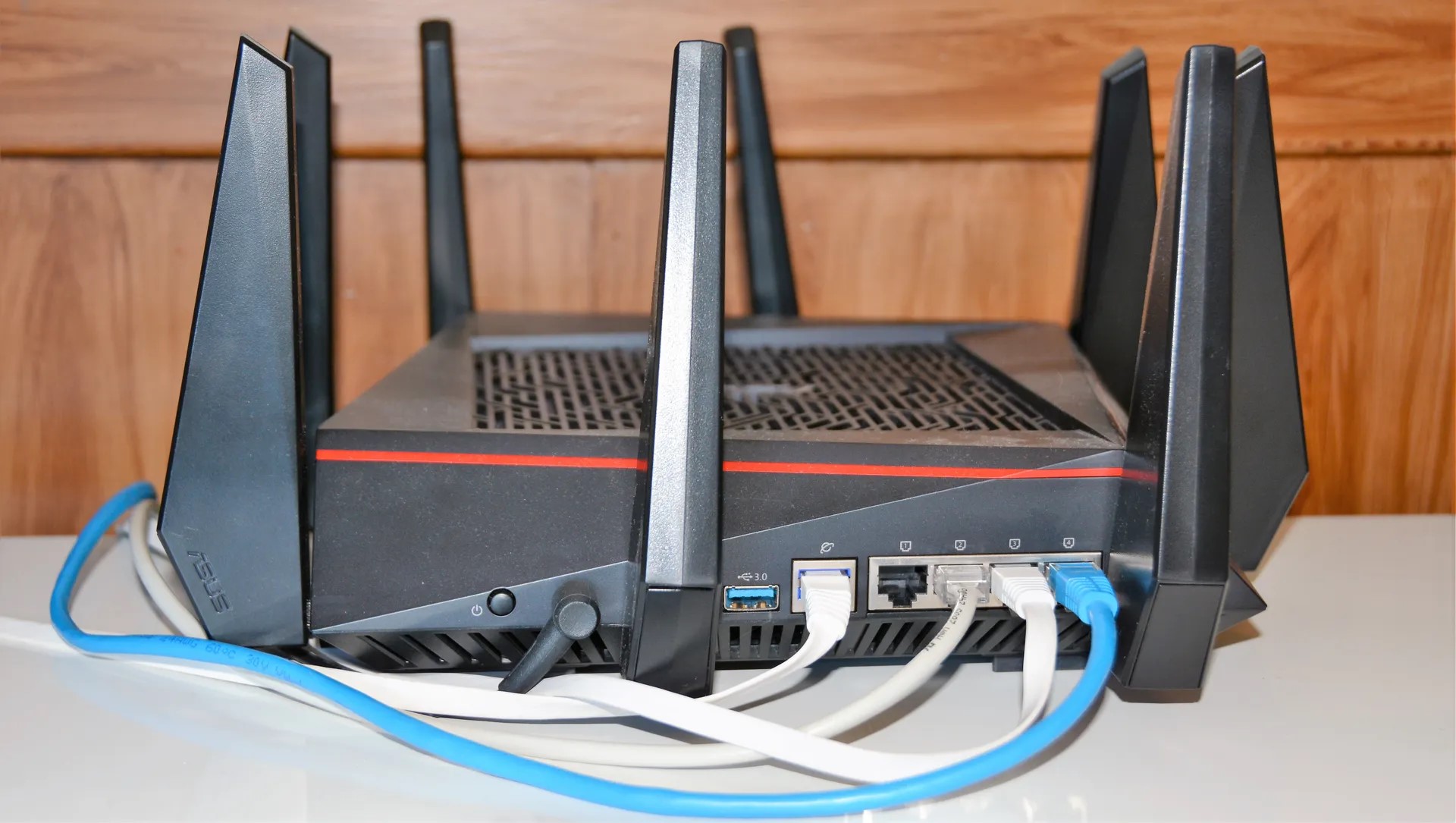
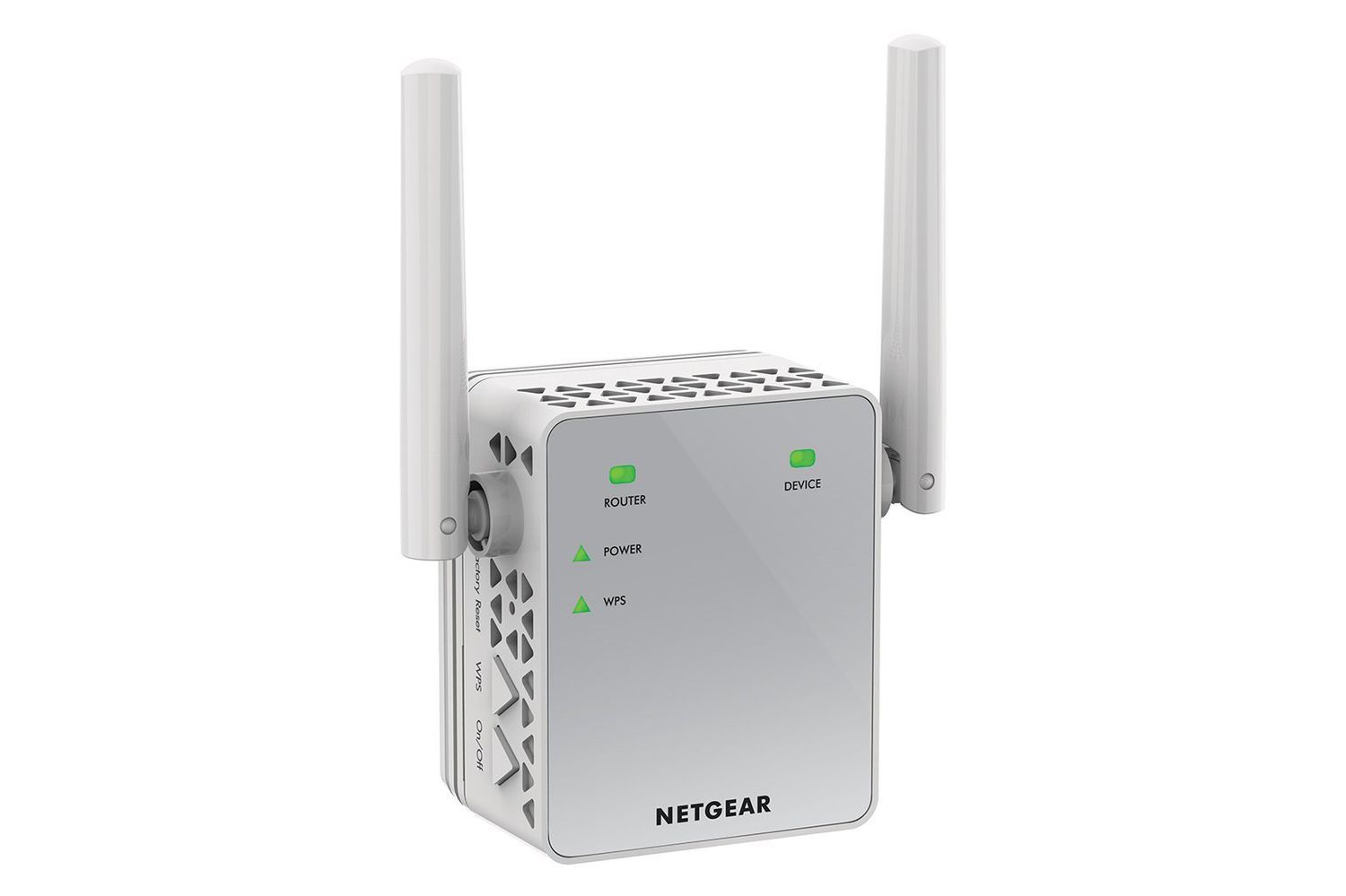

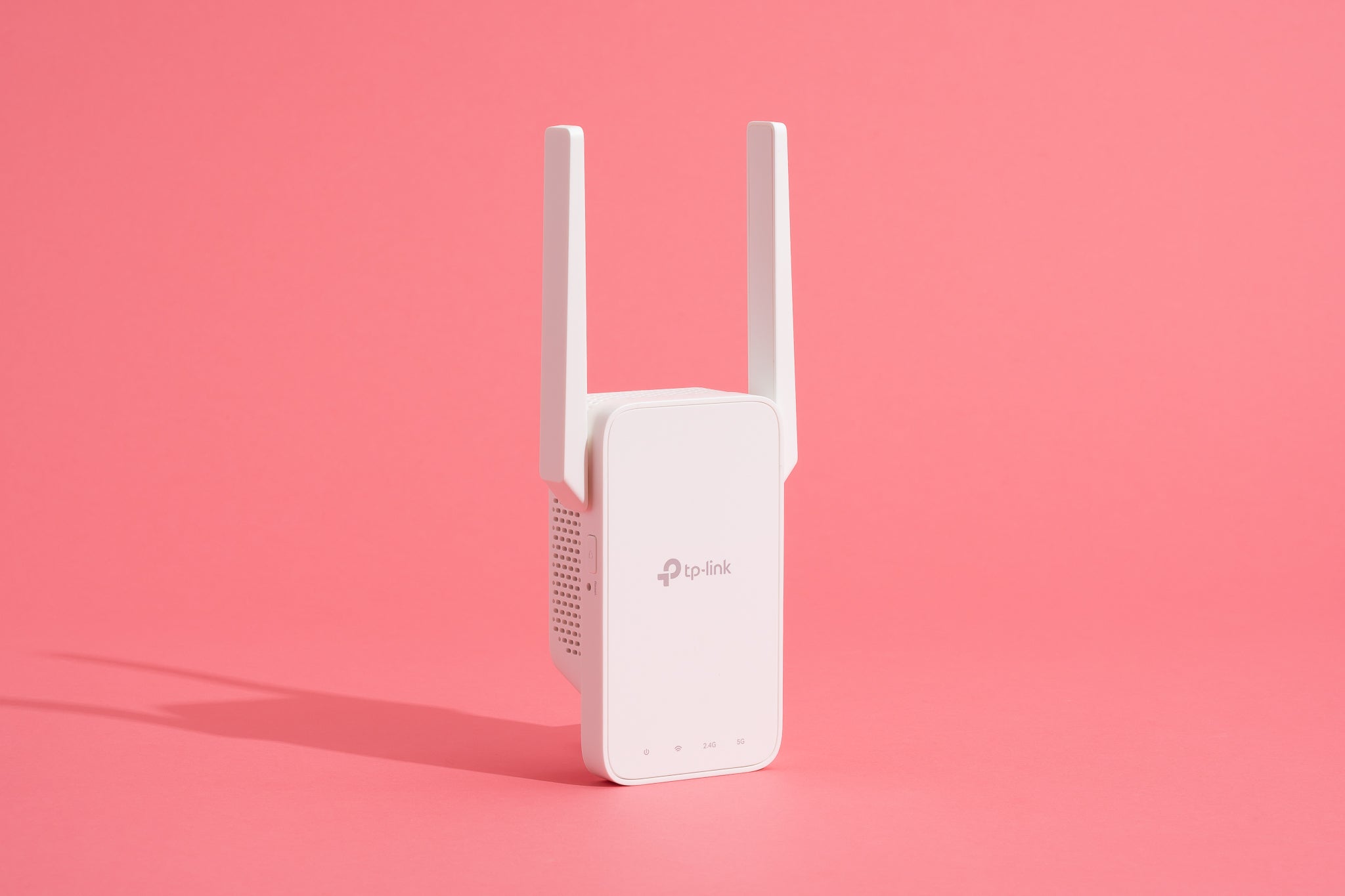
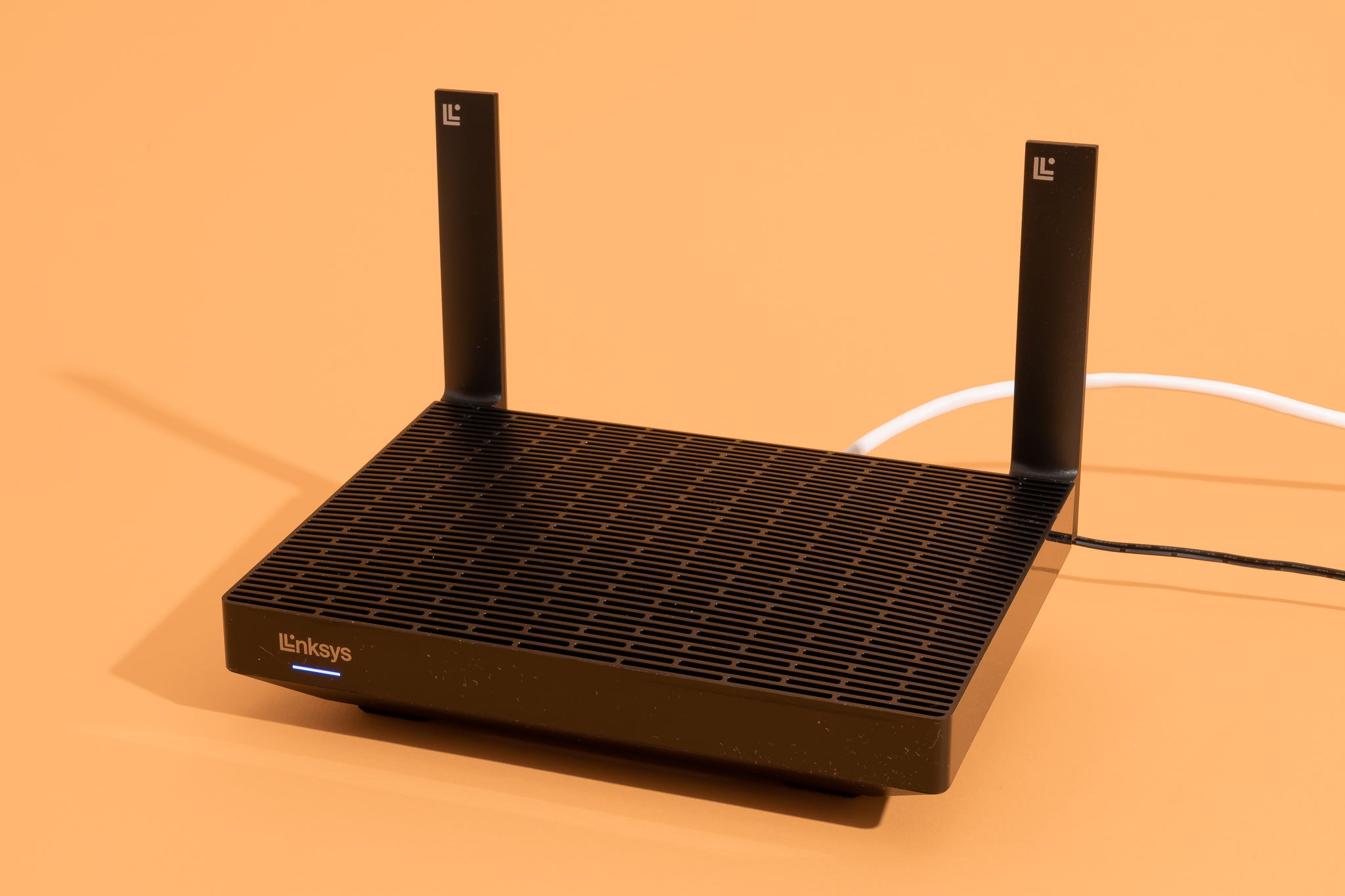
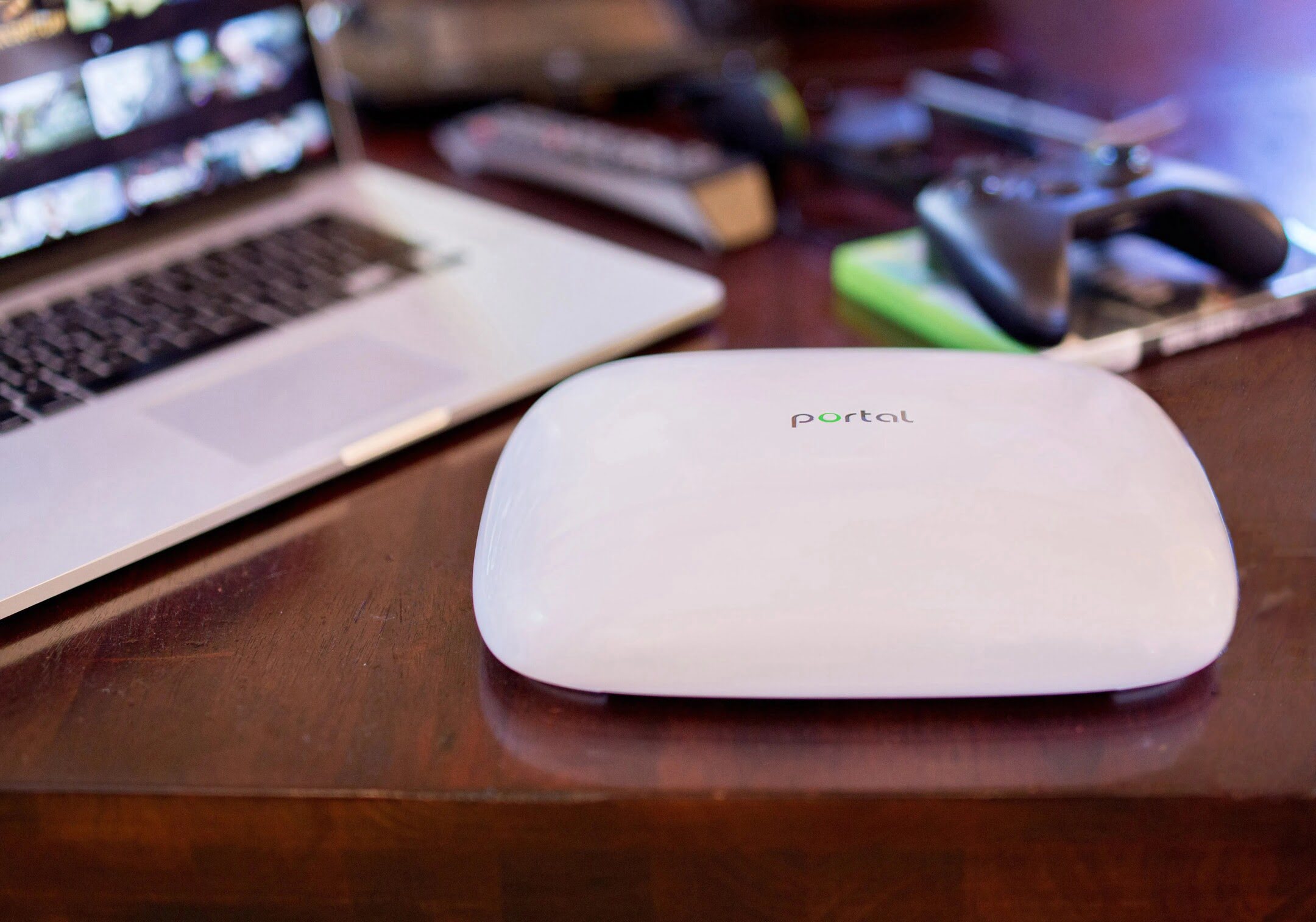
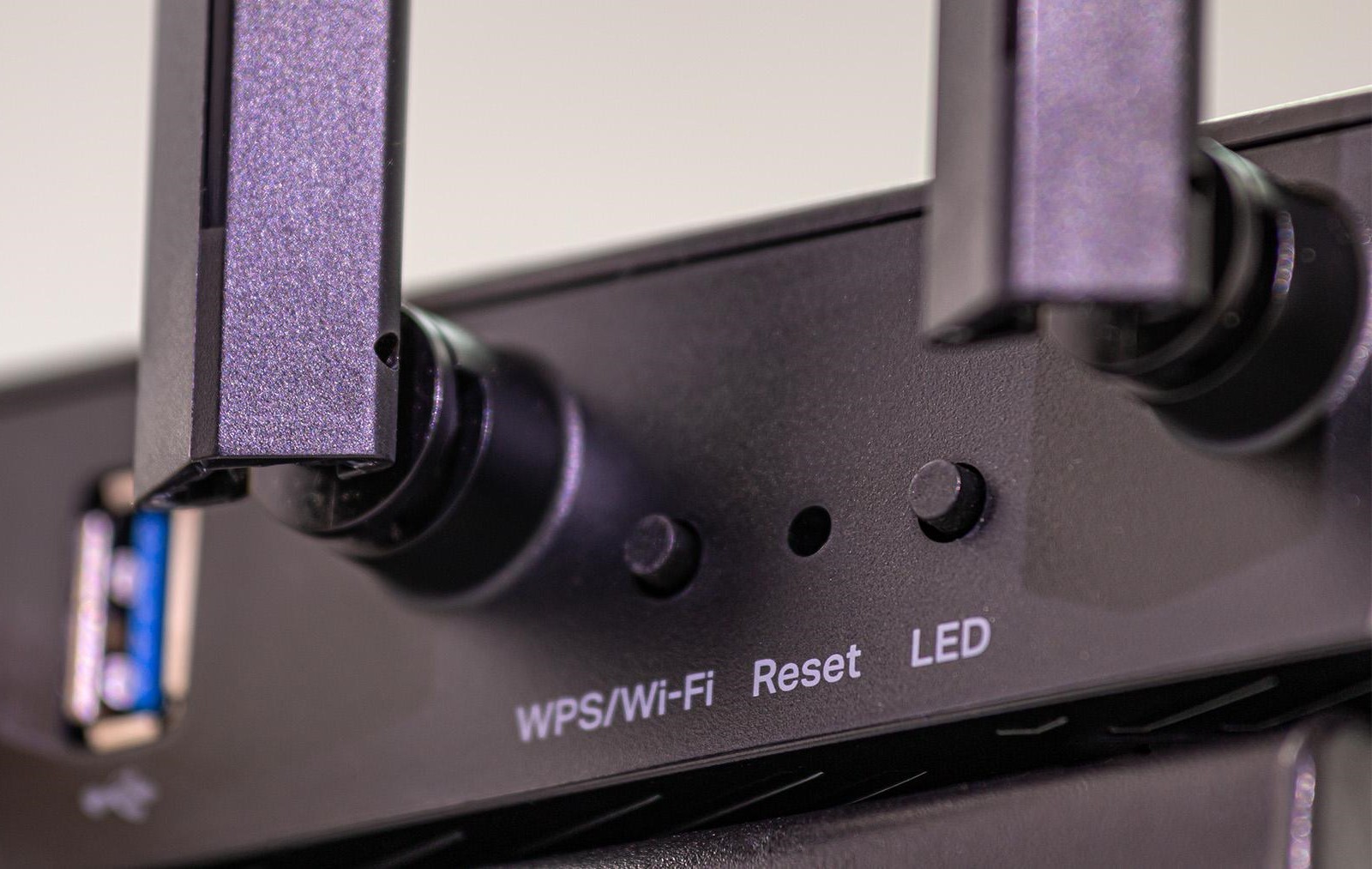
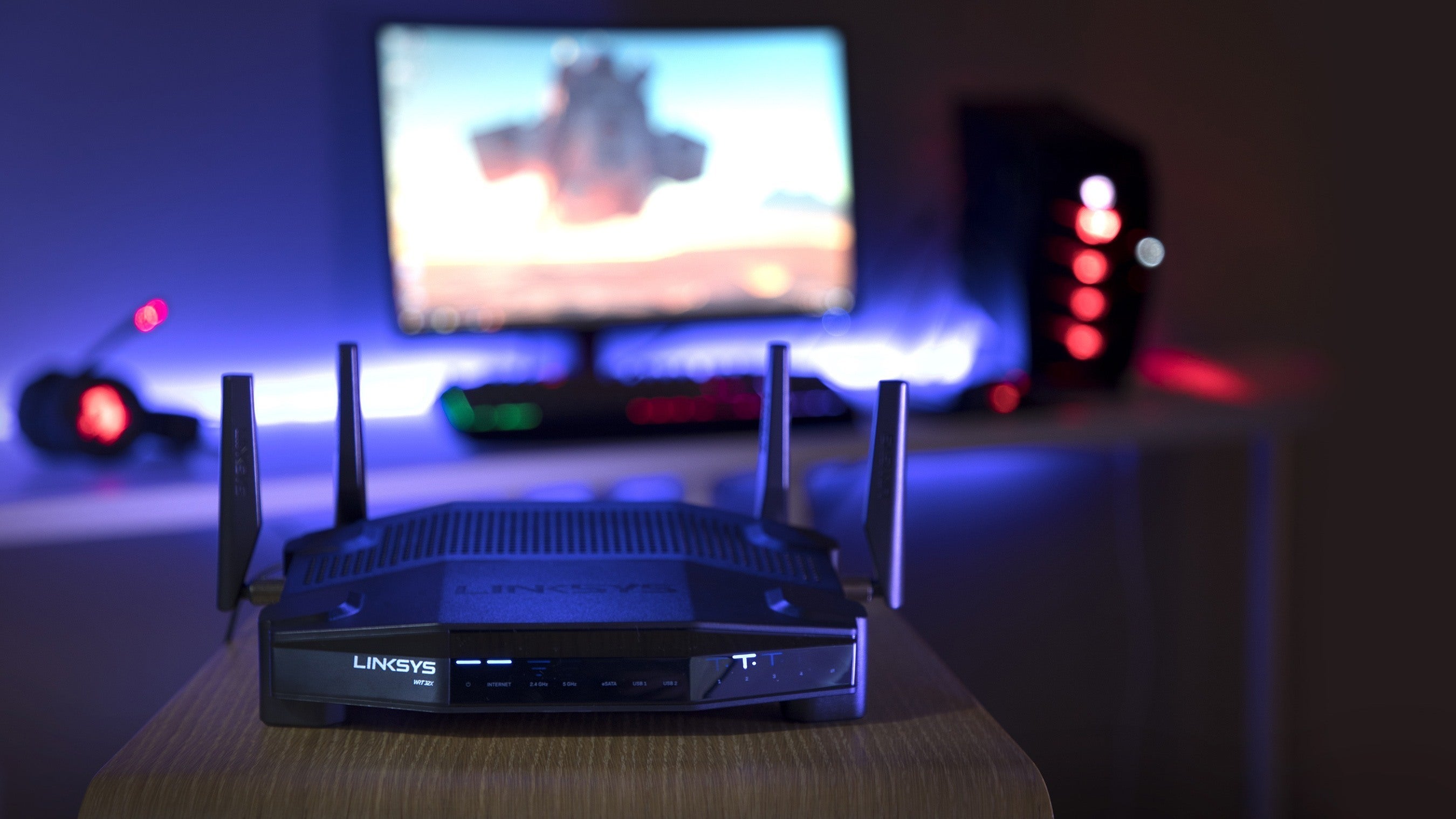
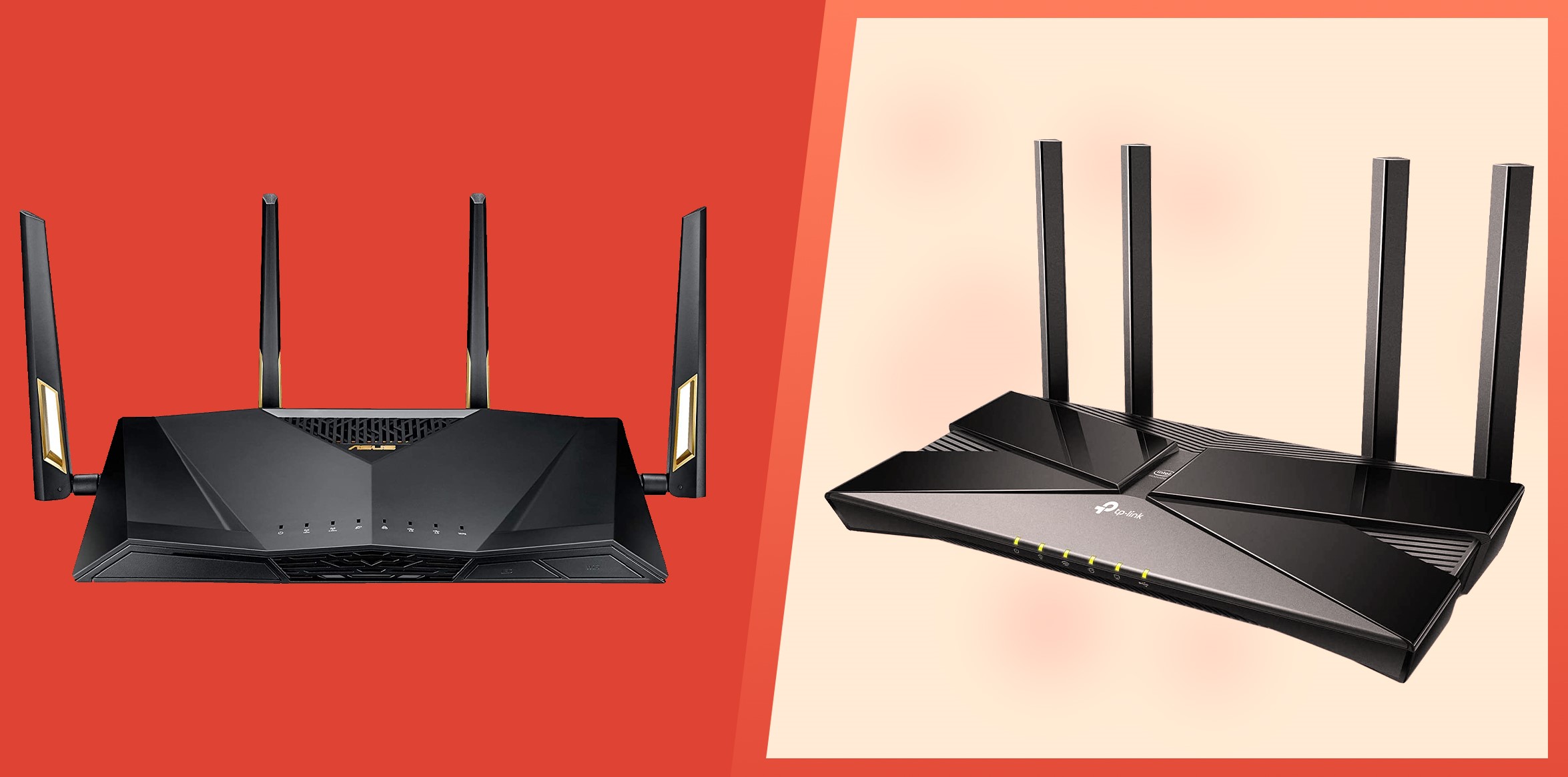
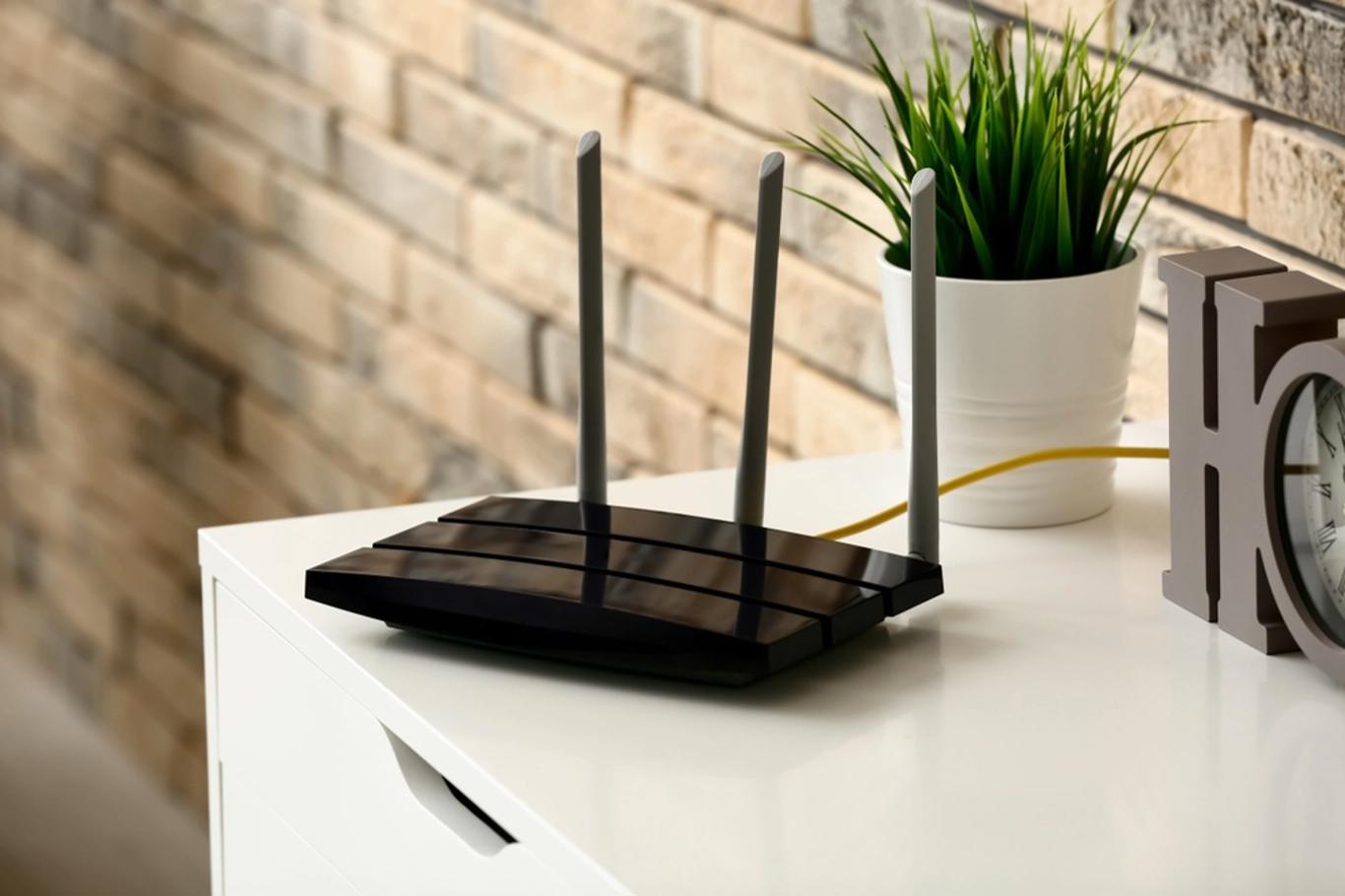
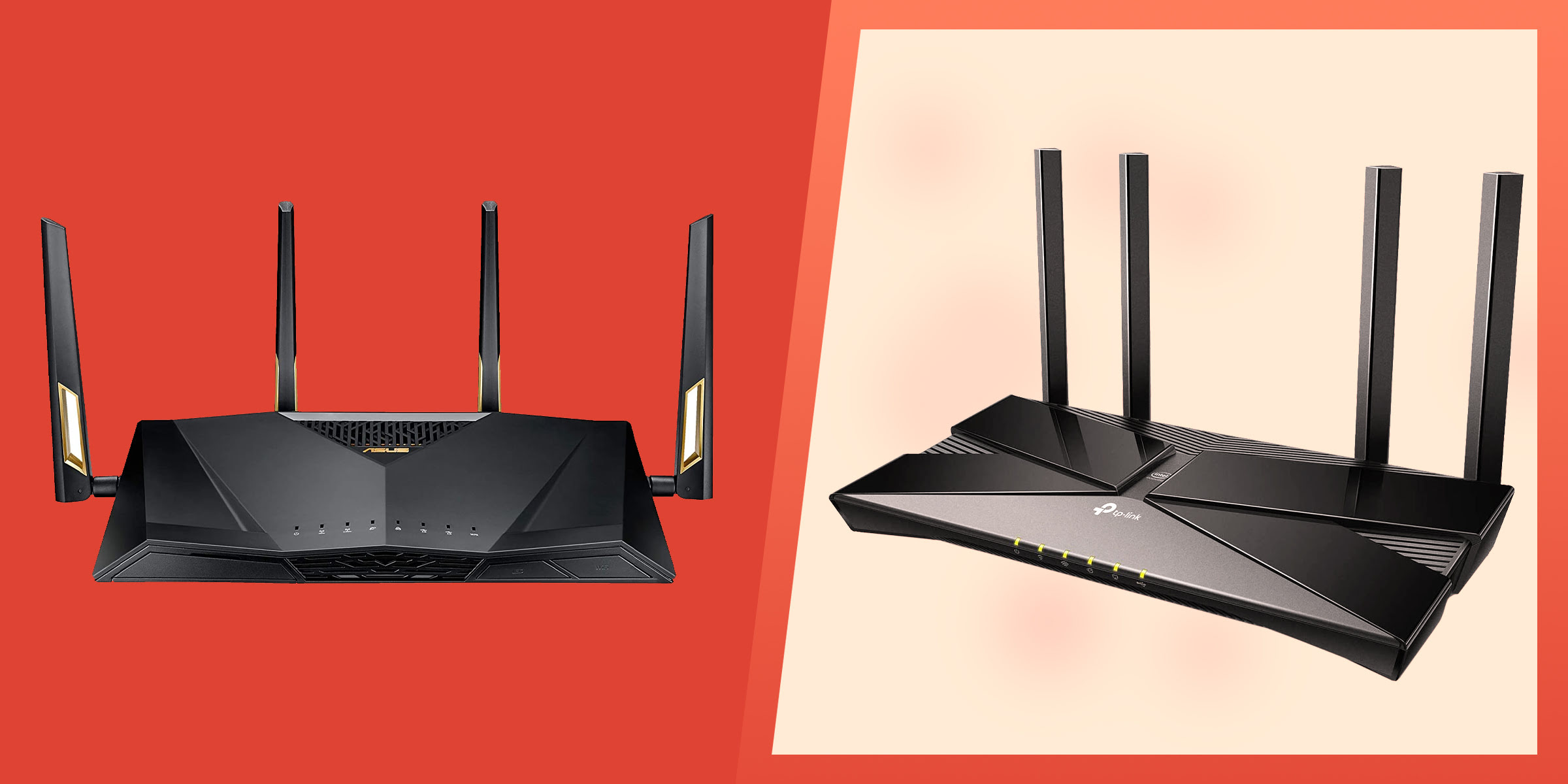
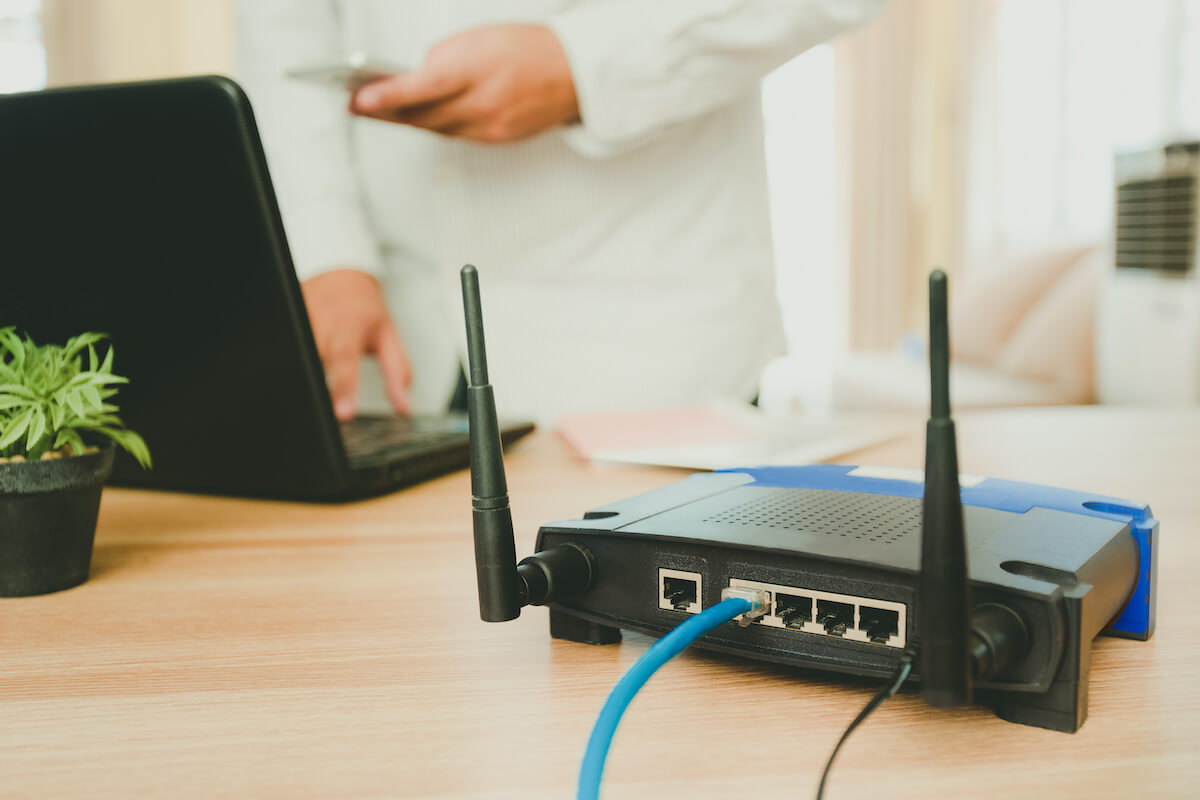
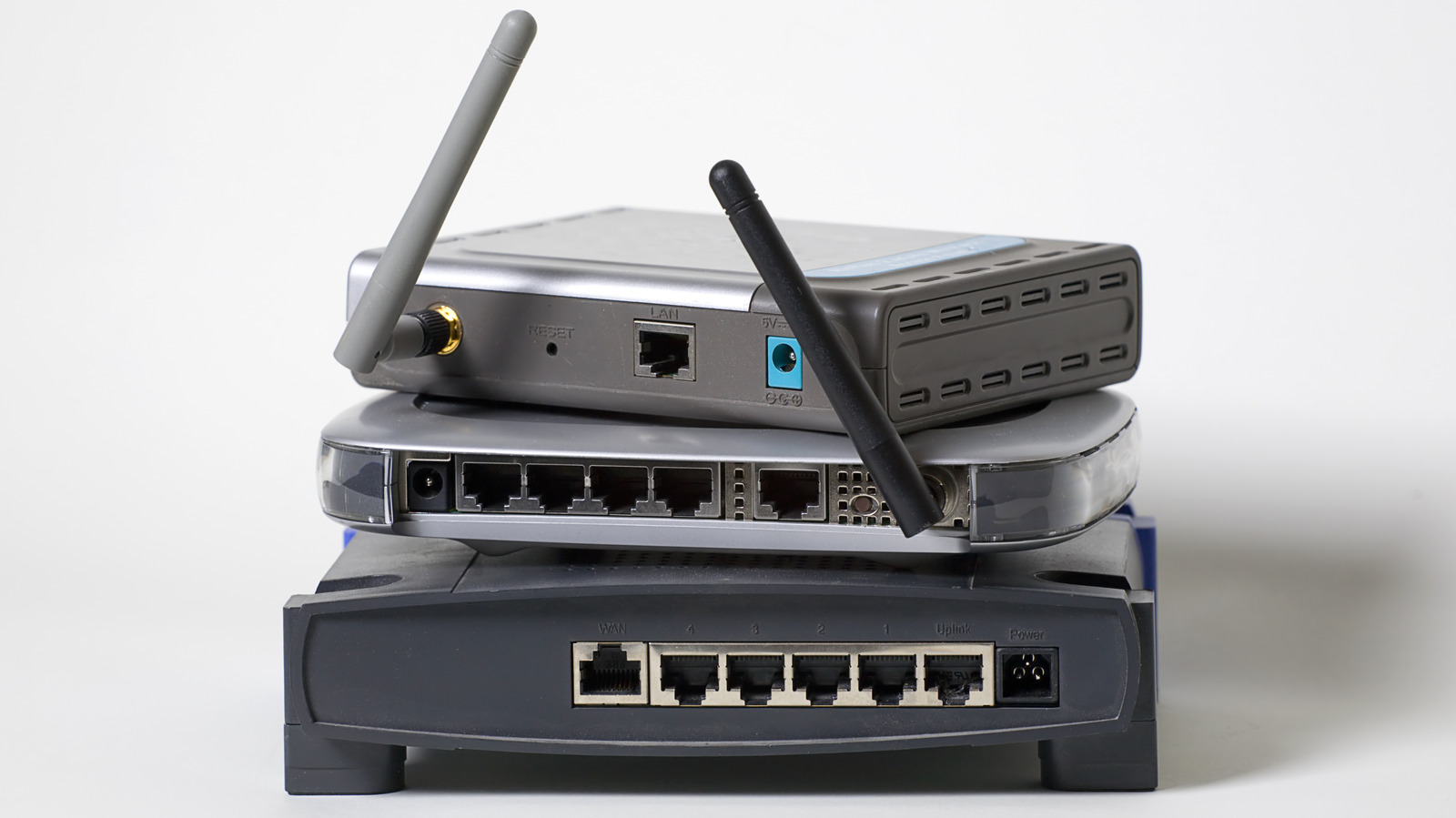


0 thoughts on “How To Turn A Wi-Fi Router Into A Wi-Fi Extender”